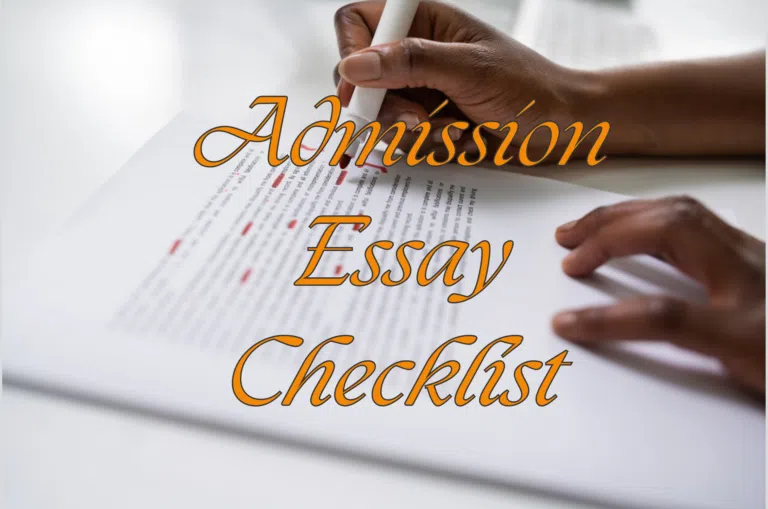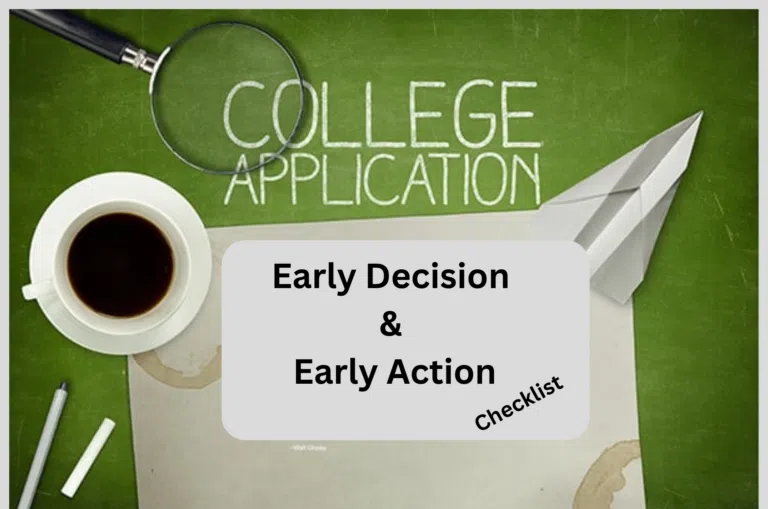If you have applied to colleges and universities in the United States, you should now know which have accepted you and which have not offered you a place. For some, there will be a third category where the college has put the student on a waitlist. After years of preparation and months of post-application submission, being on a waitlist can feel like being in purgatory, somewhere between heaven and hell. The initial disappointment soon becomes another scramble to reach out to the admissions committee with new perspectives on their application and showcase their growth in the interim months.
Read on to find out how you can judge your odds of being admitted off the waitlist and what you can do to improve your chances.
What is a waitlist?
Firstly don’t think of it as a list, rather it is a pool of students, all of whom have met every criterion for being admitted but where the college has run out of space to offer to them. Colleges and universities know that not everybody that whom they have made offers will choose to take them up, so will use the waitlist pool of students to dip into, to fill the gaps. It is important to appreciate that this process is more than a numbers game, admissions teams at college seek to craft a diverse community from each application pool. This means that when they need to fill a place, they will want to also find somebody who fits into the community they are building. For example, if more males than females have not taken up an offer, male students on the waitlist are more likely to be offered a place.
Let us understand the reasons why a student might be waitlisted.
Colleges require a balanced class: A balanced class would ensure diversity, a broader spectrum of perspectives, and enriching discussions. The admissions committee may have already admitted a diverse class, and a waitlisted applicant might be overrepresented in this area. The final decision by the committee would be taken should the admitted applicants don’t enroll.
Yield protections: Yield protection is a way for universities to predict how many admitted students will enroll in the class. This analysis is based on historical data, applicant demographics, and other factors. The prediction helps the university anticipate the size of the incoming class and make informed decisions about admissions and enrollment management. The college can waitlist students if they feel that these high-achieving students will not enroll since they have a good chance of being admitted to other institutions.
Missing components in the application: Almost all U.S. colleges admit students with a holistic profile that typically reflects the activities a student has done in his or her high school years. While it is difficult to pinpoint what might be missing from the application, reviewing your application might reveal the gaps. Leadership roles might not be sufficiently highlighted, community service activities lack depth, or even a recommendation letter with an innocuous observation could land a student among the waitlisted pool.
What are the odds of being offered a place from the waitlist?
Nobody, including colleges, can tell you if you will be offered a place after going onto the waitlist, there are too many variables. Historical data would suggest that about 20% of waitlisted students were accepted, however, for the most competitive institutions it is significantly fewer. With the changing pattern of applications linked to COVID-19, where more selective colleges are receiving many more applications than in previous years, it is likely that the number of students applying this year that will be offered a place off the waitlist will be even smaller.
To help you judge your chances of being offered a place it is worth spending some time researching what has happened in previous years. A short search on the internet should provide you with the waitlist statistics, although not all colleges release that information.
What should you do if you’re waitlisted?
It is important that you understand that a waitlist may or may not offer you the chance to go to your preferred college, so the first thing you should do is accept an offer from a college that has offered you a place and that you want to go to. This will involve paying an enrolment deposit to the college and you will also be asked to pay for your accommodation very shortly after. If you subsequently decide not to attend you will lose the money you have paid, but at least you have a college place to go to.
Spend some time thinking and talking to people about if you really want to attend the college you have been waitlisted at more than colleges that have already accepted you. If you stay on the waitlist, you will have additional work to do and you may need to ask others to support your application. If you are offered a place off a waitlist you should be clear that you want it.
What can you do to improve your chances of being accepted?
Follow any instructions – when the college writes to tell you that you can go on the waitlist, they will tell you how you need to tell them you wish to be added to the list and by when. Make sure you do everything needed.
Letter of continued interest (LOCI): This is one last opportunity for a student to address the committee. The letter needs to highlight your newest achievements since the application. This could include academic accomplishments, leadership roles, extracurricular involvement, or community service. Personalizing the LOCI by highlighting specific programs, professors, resources, or opportunities in the college or university that align with their aspirations. will enable AOs to understand your genuine interest in the college.
A new letter of recommendation: This LOR should come from a teacher who can offer a fresh perspective regarding your candidacy. The letter should highlight your academic and personal qualities. They must be in sync with the college’s philosophy and culture. It should authenticate you as a student who would contribute to the college community.
Engage with college events and community: To differentiate yourself from other waitlisted students, you must demonstrate your eagerness by connecting with professors at webinars, attending virtual campus events, and connecting with alumni. This showcases your genuine intent to study at the college.
Stay focused and commit: Students receiving multiple waitlist offers can find it daunting to decide which college to prioritize their efforts for. To increase your chances, you can request your school counselor to send a letter to the school of your choice, committing that you would attend the college if admitted. This reiterates that this college is your first choice.
Let things happen – don’t try to push the college to offer you a place. Colleges have an established way of managing waitlists and trying to put pressure on them to prioritize you is likely to have the opposite effect. Naturally, you will want news about your chances, but continually emailing them or ringing the admissions office will not help, you will just be seen as being a nuisance
Finally
Every year many people are offered a place at their chosen college after going onto the waitlist, but you should not build your future on the expectation that this will happen. You should have already accepted an offer from a college that you have made a conscious decision to apply to. Plan on making the most of the opportunity you have, if you do get accepted off the waitlist by the other college, that’s great, but if not, you still have a wonderful future waiting for you.






